Top 10 Water Damage Prevention Tips!
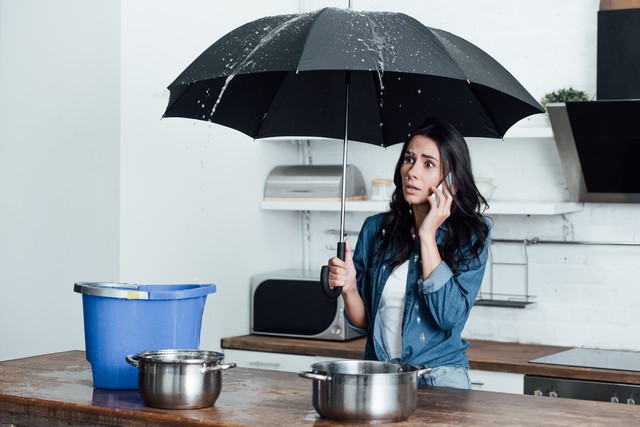
Top 10 Water Damage Prevention Tips!
Puritan Restoration has been fixing water damage properties for more than 40 years. Typically, water damage occurs because of natural disasters such as flash floods and heavy thunderstorms. Another common cause of flooding is plumbing issues, damaged appliances, and bursting pipes. Other causes of water damage include leaking water heaters, a broken pipe under your sink, clogged toilets, and a split hose connected to an appliance.
Your awareness of these water damage causes is important because restoring properties can be costly, averaging $10,000 or more.
The key is that some water damage is caused by flaws that can be fixed well in advance. Unfortunately, many home and business owners are not aware or do not address the flaws soon enough, which could minimize the amount your insurance company covers if it is deemed the water damage is caused by negligence to maintain.
Left unchecked, water damage leads to structural damage, foundation problems, issues with termites and ants caused by damp wood, mold and mildew. In addition, water damage will damage other areas of the property, including walls, floors, etc.
It is imperative that water damage is addressed as soon as possible to prevent health hazards and future mold issues. With this in mind, the goal of this article is to provide you with 10 proactive tips you can follow to minimize future water damage issues.
Puritan Restoration are water damage experts. We are available 24/7. For peace of mind, call us, 617-527-2229 for all your disaster restoration needs including water damage, flood cleanup, mold removal, and fire restoration. We are proud to service the areas of Norwood, Massachusetts and surrounding areas.
1. Maintain Your Sinks and Drains
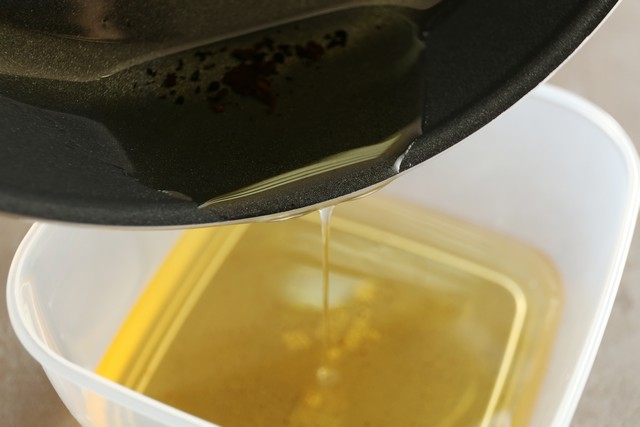
Maintain Your Sinks and Drains
One of the most important preventative measures you can implement is to not pour cooking grease down your drain. Regardless of whether you flush it down with hot water, the grease can coagulate and cling to your pipes, which will block the water flow leading to a future water damage event.
In addition, avoid using chemical drain cleaners too often because they can eat away at the pipes and cause leaks. If you are concerned that there may be clogs in your pipes purchase a drain snake or call a plumber to check on this.
Other actions you can take include:
- Regularly clean drains.
- Clean out the strainer and put debris in the trash, not in the drain or toilet.
- Make sure your tub’s overflow drain is working and not leaking.
- Check on drain taps regularly, found in sink cabinets.
2. Inspect Your Appliances Regularly
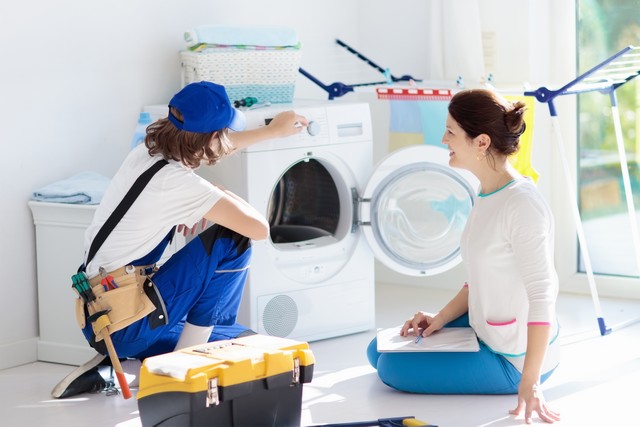
Inspect Your Appliances Regularly
It is important that you inspect your appliances for leaks because failure to do so could minimize your ability to get water damage losses covered if the cause was appliances that have not been maintained.
Listed below are the appliances that you should inspect regularly.
- Washing Machine – One of the most common causes of water damage is damaged or old washing machine hoses, so inspect regularly and replace when necessary. You should also inspect your dryer for lint because this is a common cause of fire.
- Refrigerator – If your fridge has a an ice maker or water dispensers, check the water line hose between your fridge and the wall for leaks.
- Water Heater – Check your water heater every year for slow leaks, water pooling, or any rust or corroded areas. If you need to replace your water heater, upgrade to a water heater without a tank and/or an on-demand water heater. The cost may be more, but a more efficient water heating system will reduce your electrical bill.
- AC Unit – Per our previous article, it is really important to maintain your AC for health reasons plus you should also check it for leaks to prevent potential water damage.
- Attic – Attics commonly have mold issues because of excessive humidity. Be sure to check your attic for signs of water damage and mold.
3. Install Drain Pans
Install drain pans under your appliances. They can help prevent damage from small or subtle undetected leaks in your home. You may need to install a drain or create a sloped surface to help water move to the right area to drain.
4. Know Where Your Water Shut-off Valves Are
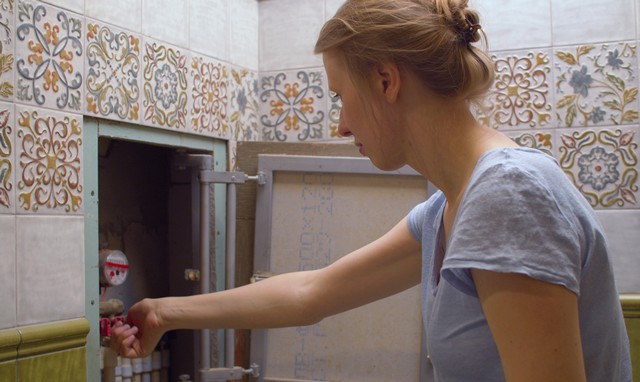
Know Where Your Water Shut-off Valves Are
In case of a flood emergency, know where your water shut-off valves are located.
This includes:
- The whole-house water shutoff
- Hot water shutoff on your water heater
- Inline shutoff valves to toilets and sinks
- Valves leading to dishwasher and clothes washer
Use the shut-off valves any time you are experiencing a flood in your house. Test all these valves yearly to ensure they are working properly.
In addition, if you are planning to travel or be away from your home for an extended period of time, shut off your main water valve. If this is not possible, ask a friend or family to check your home regularly.
Another proactive action you can take is to install a water flow monitoring system.
These measure the flow of water into your house, directly attached to the water main. During special circumstances, where the monitoring system detects water flow that isn’t consistent with every appliance use, it can stop the flow of water automatically. It installs next to your primary water line and doesn’t require pipe cutting. It can use ultrasonic technology to identify leaks earlier and prevent severe water damage. A good water flow monitoring system can improve water efficiency and keep costs to a minimum.
Most systems provide real-time water data via a computer or smartphone. It can help tremendously with water notifications, benchmarking efforts, and water use for best practices.
5. Install Leak Detectors
Leak detectors are electronic devices that detect water or flooding and set off an alarm when triggered. They come in all shapes and sizes and have various ranges of features. Some have:
- Wi-Fi capabilities
- Smart home integration
- Phone alerts
- Temperature sensors
They come in two categories: spot detectors and area detectors. Spot detectors require moisture or contact with water to set off the alarm. Area detectors use sensor wires to spot floods and cover a more extensive area.
There are active and passive flood alarms. Integrated into the water system, active alarms can shut off the water supply. Place passive alarms next to the high-risk potential flooding areas. They go off when the sensors get wet. The downside to passive alarms is that it requires a manual shut off of the water system. Make sure you check batteries often!
Basic leak devices are very affordable and all they need is a 9V battery and you’re set!
Most leak detectors monitor for the presence of water, track ambient temperatures, detect moisture in the air, and can turn off your water supply during an emergency. The best locations to install leak detectors is in the basement, attic, near the AC unit, laundry room, water heater closet, washing machines, bathrooms, under the kitchen sink and other kitchen appliances like the dishwasher and fridge, near any water pipes, and any other area that could be susceptible to water damage.
Early detection with the help of water sensors can reduce the damage done to the home.
Some Things You Should Consider When Shopping for a Leak Detector:
- Temperature monitoring
- Integrations like mobile app and alerts
- Size and reach
- Built-in siren
- Onboard sensors
- The power source
- Automatic water shut-off feature
6. Check Water Pressure with a Pressure Gauge
A water pressure gauge is a mechanical instrument designed to measure water pressure in a variety of forms and has been around for over a hundred years. Made of up of a dial indicator, a piece of pipe or hose, and a threaded nut to fix to a tap, a pressure gauge is something you’ll want to invest in for your home.
A water pressure gauge is a wise investment, considering one of the most common issues with plumbing is over-pressured pipes. Water pressure is a measure of a force that pushes water through the water system. Without pressure gauges, fluid power systems are unpredictable. The gauges ensure there are no leaks or pressure changes.
In addition to checking water pressure, invest in water pressure reducing valves.
These valves can help with any increase in pressure caused by temperature decrease in freezing pipes and help prevent them from bursting. It can control or limit the pressure in the water system. It brings the pressure down to a safe level before the water reaches any plumbing in the home.
It is best to hire a plumber for this job to ensure proper diagnosis and installation. Protected by a water pressure reducing valve, the water system has less stress on inner valves, faucets, and appliances. Pressure release valves are available at most hardware stores. After installation, test the water pressure and adjust the regulator. Replace a failing valve immediately.
Water heater release valves can drain water to reduce inner tank pressure. If water inside gets too hot or pressure reaches an unsafe level, the water heater triggers the valve to open. Checking the valve on your water heater can help prevent burst pipes. The valves remove excess pressure by opening up and minimizing pressure.
7. Replace Copper Pipes
Replacing your pipes will ensure that no pinhole leaks damage your home. Exchange copper pipes for corrosion-free ones. Change out corroded or solid copper pipes with the replacing PEX pipes. The copper pipe joints can fail. It can cause corrosion that leads to holes, resulting in silent but steady leaks of water. Drips such as this can lead to damage to ceilings and on the inside of the walls.
8. Monitor Your Water Bill
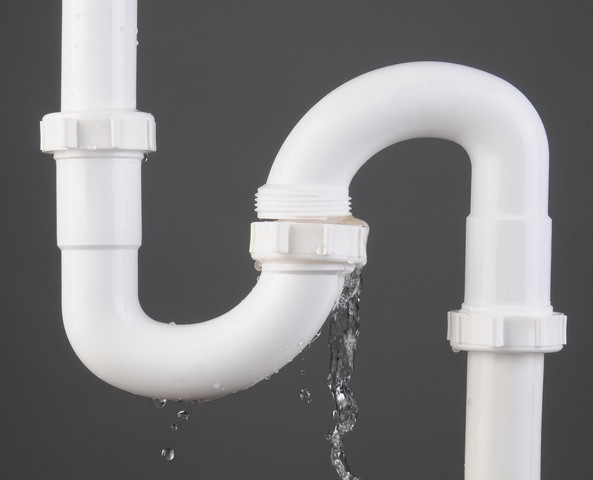
Monitor Your Water Bill
Check your water bill regularly and get an estimate of the average amount of water used per month. If your usage jumps tremendously from one month to the next, without obvious explanation, you may have a mystery water leak. An unusually high water bill may be due to:
- A leaking toilet
- A dripping faucet
- Water-cooled AC Units
- Broken pipe or leak or leaking water heater
- Water cycling continuously
- Running water to prevent freezing of pipes
9. Check Your Sump Pump
This pump is usually in the basement and critical in preventing sewer backups and flooding particularly during spring run off.
It represents your home’s last line of defense during raising groundwater or flooding on the inside. When the water rises in this pit, the buoyant float sets off the connected motor, telling it to pump water out of the home. It removes water from where it shouldn’t be to a better area.
- Test more often during the thunderstorm season.
- Check at least once a year and several times during heavy storm seasons.
To Test Your Sump Pump:
- Make sure you connect the pump to the electrical outlet (GFCI)
- Make sure the pump turns on
- Ensure the circuit breaker is flipped on
- Ensure your pump is upright and not tilted
- Check that the sump pump is pouring water into the sump pit
- Slowly fill the sump pump with water and make sure the water level falls
- Unplug the main pump and test the backup pump
- Testing is free and it is recommended that you hire a professional to install it. Putting it off could result in your basement flooding.
10. Inspect The Outside Of Your Home
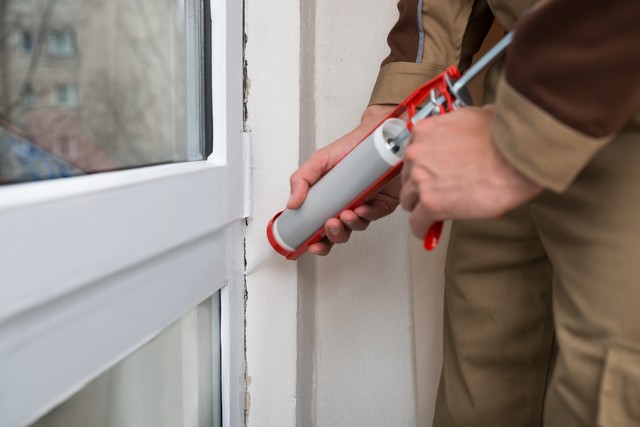
Inspect The Outside Of Your Home
There are many areas on the outside of your home that can be maintained to prevent future water damage. You should check the caulking, gutters and downspouts, the foundation, and your chimney. Most importantly, check for leaks and if you find them fix them.
Fix the Caulking Around Your Home
You can reduce or eliminate leaks around your windows and doors by applying caulking to the cracks. Signs of water leakage may be mold spots, bubbled paint, crumbly drywall or plaster, or termite activity.
Seepage can damage window frames and the surrounding drywall. Apply caulk to both sides of the window and use weather stripping to seal up spots that won’t close tightly. Consider installing storm windows for additional layers of protection. Sealing your windows and doors will prevent water from coming in and increase the electrical efficiency of your home.
Clean Gutters and Downspouts
Clean your gutters to avoid blockages. Standing water can cause damage to your gutters and roof or puddles that could damage your foundation. A clogged gutter can send water down the side of your house.
Install gutter guards or attachments used to protect the clogging of your gutters so that water can flow away from your home and not pool up around your foundation. Gutters can get clogged easily because of dead leaves, nests, and branches. If gutters are regularly clogging with leaves and debris, then install the guards. They will prevent gutters from clogging up and prevent you from having to clean them constantly. If your gutters are too high, hire a professional to check and clean them.
Clean the downspouts so that water can get through. Direct downspouts 5-10 feet away from the house. Slope your yard away from the foundation. Slope keeps water from getting down next to your foundation, and when left unchecked could cause cracks, wall leaning, and create leaks. Water should flow away from your home toward the street, backyard, or back alley.
Maintain Trees and Shrubs
Try to minimize landscaping near pipes or remove trees or bushes that have grown too big. Do not let your soil get too dry in drought, as your house can dry and shrink. Run a soaker hose half a foot away from the foundation and 3 inches beneath the soil to keep it from contracting and expanding. Trees with invasive root systems could grow into your sprinkler system, drainage field, or pipes. Plant trees at least 20 feet away from your home.
Repair Your Chimney!
Inspect and repair your chimney. Loose mortar or cracked bricked may cause issues. Look for signs of leakage around the chimney. Rain can come through uncapped chimneys, especially from the sides. It can cause major water damage in the attic, walls, and floors.
To prevent damage you can:
- Install a chimney cap
- Inspect the metal flashing around the chimney
- Have chimney mortar sealed
- Repair cracks in brick or mortar
Fix Water Leaks
Repair any obvious dripping pipes. Check for dark spots around pipes and on the ceiling. Repair any cracked caulking. Also inspect the roof for missing, loose, or damaged shingles. Look for moss that can work under shingles and damage from fallen limbs.
Check for proper drainage. Insufficient drainage weakens your foundation and can cause cracks, uneven settling, and ways for water to enter your home.
Got Water Damage Prevention Questions?
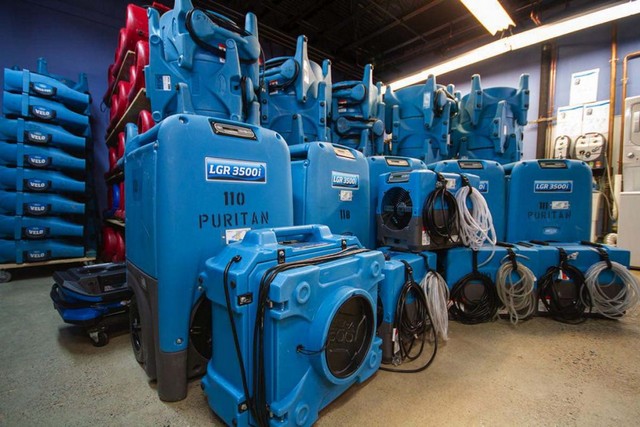
Got Water Damage Prevention Questions?


Recent Comments